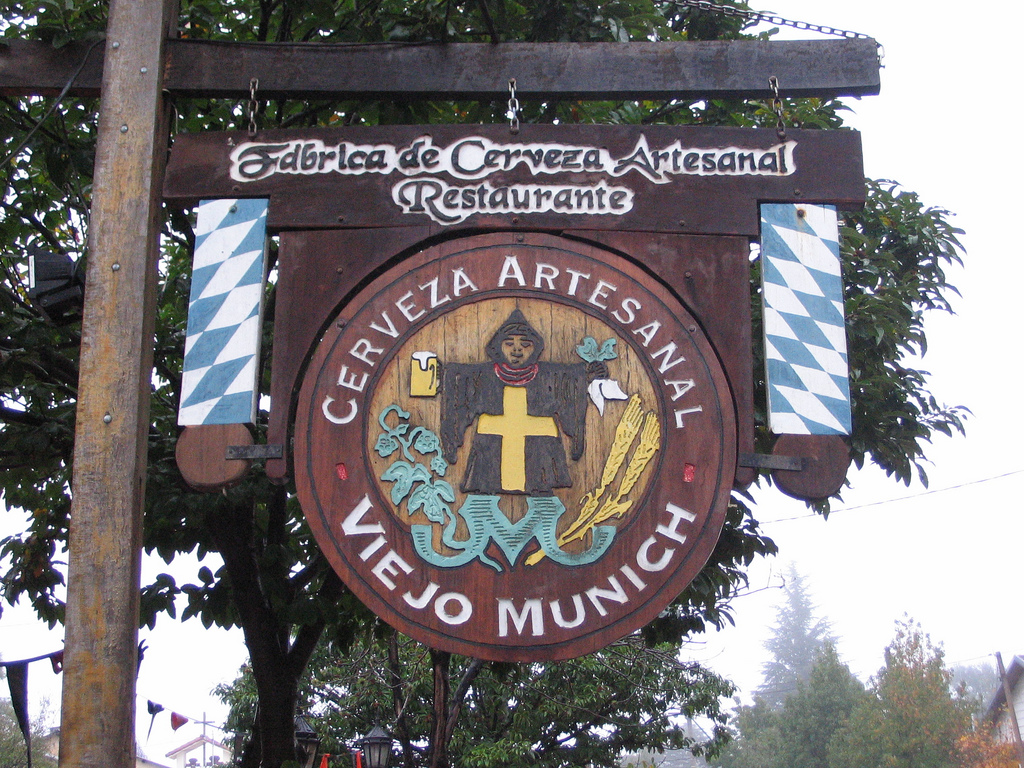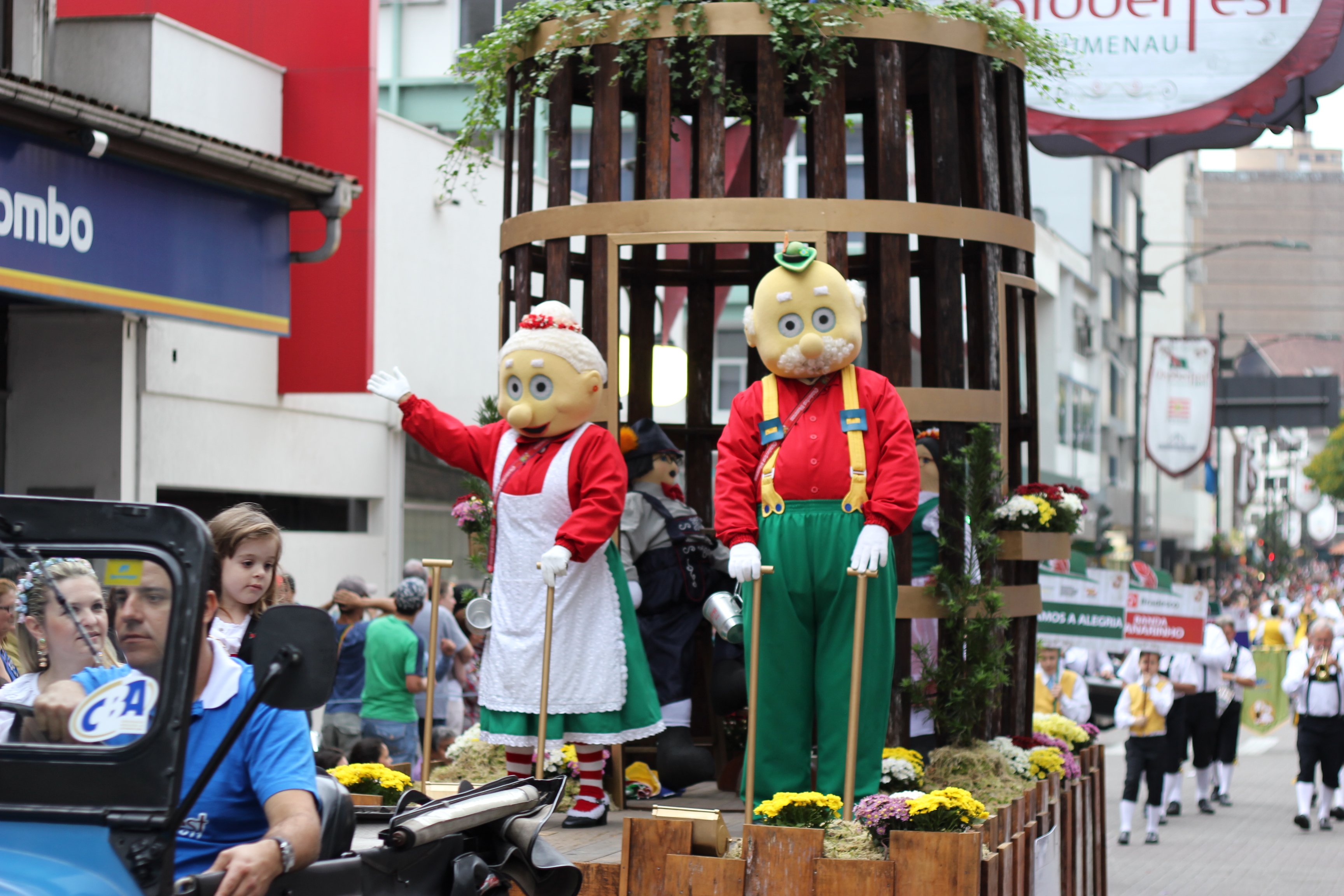|
Villa General Belgrano
Villa General Belgrano is a mountain village at the valley of Calamuchita in the Province of Córdoba in central Argentina. It has 6,260 inhabitants and is named after the independence hero and creator of the Argentine flag Manuel Belgrano. History Villa General Belgrano was founded in 1930, by two German speculators attracted by its agricultural potential. The Alpine quality of the village attracted immigrants from Germany, Switzerland, Italy and Austria. In 1940, after the Battle of the River Plate, German seaman scuttled and sunk their battleship, the '' Admiral Graf Spee'' off the coast of the Montevideo harbour, and 130 of its surviving sailors settled in the village along with the original settlers and landscaped the mountain ranges of Córdoba with red-roofed, wood-frame homes, microbreweries and pastry and chocolate shops which gave it that unique style that distinguishes it today. A well-known German resident was Kurt Tank, who became a leading member of the Argentine A ... [...More Info...] [...Related Items...] OR: [Wikipedia] [Google] [Baidu] |
List Of Cities In Argentina
This is a list of cities in Argentina. List of Argentine cities of 45,000 to 150,000 inhabitants This is a list of the localities of Argentina of 45,000 to 150,000 inhabitants ordered by amount of population according to the data of the 2001 INDEC Census. * San Nicolás de los Arroyos (Buenos Aires) 133,602 * San Rafael (Mendoza) 104,782 * (Buenos Aires) 103,992 * (Chubut) 103,305 * (La Pampa) 101,987 * (Buenos Aires) 101,010 * (San Luis) 97,000 * (Chubut) 93,995 Morón (BuenosBuenos Aires) 90,382 * (Buenos Aires) 90,313 * Carlos de Bariloche (Río Negro) 90,000 * Maipú (Mendoza) 89,433 * Zárate (Buenos Aires) 86,686 * Burzaco (Buenos Aires) 86,113 * Pergamino (Buenos Aires) 85,487 * Grand Bourg (Buenos Aires) 85,159 * Monte Chingolo (Buenos Aires) 85,060 * Olavarría (Buenos Aires) 83,738 * Villa Krause (San Juan) 83,605 * Rafaela (Santa Fe) 82,530 * Junín (Buenos Aires) 82,427 * Remedios de Escalada (Buenos Aires) 81,465 * La Tablada (Buenos Aires) ... [...More Info...] [...Related Items...] OR: [Wikipedia] [Google] [Baidu] |
Montevideo
Montevideo () is the capital and largest city of Uruguay. According to the 2011 census, the city proper has a population of 1,319,108 (about one-third of the country's total population) in an area of . Montevideo is situated on the southern coast of the country, on the northeastern bank of the Río de la Plata. The city was established in 1724 by a Spanish soldier, Bruno Mauricio de Zabala, as a strategic move amidst the Spanish- Portuguese dispute over the platine region. It was also under brief British rule in 1807, but eventually the city was retaken by Spanish criollos who defeated the British invasions of the River Plate. Montevideo is the seat of the administrative headquarters of Mercosur and ALADI, Latin America's leading trade blocs, a position that entailed comparisons to the role of Brussels in Europe. The 2019 Mercer's report on quality of life, rated Montevideo first in Latin America, a rank the city has consistently held since 2005. , Montevideo was the ... [...More Info...] [...Related Items...] OR: [Wikipedia] [Google] [Baidu] |
Oktoberfest VGBelgrano
The Oktoberfest (; bar, Wiesn, Oktobafest) is the world's largest Volksfest, featuring a beer festival and a travelling carnival. It is held annually in Munich, Bavaria, Germany. It is a 16- to 18-day folk festival running from mid- or late-September to around the first Sunday in October, with more than six million international and national visitors attending the event. Locally, it is called , after the colloquial name for the fairgrounds, Theresienwiese. The Oktoberfest is an important part of Bavarian culture, having been held since the year 1810. Other cities across the world also hold Oktoberfest celebrations that are modeled after the original Munich event. During the event, large quantities of Oktoberfest Beer are consumed. For example, during the 16-day festival in 2014, were served, making it the year where the most beer was consumed at the Oktoberfest. Visitors also enjoy numerous attractions, such as amusement rides, sidestalls, and games. There is also a wide v ... [...More Info...] [...Related Items...] OR: [Wikipedia] [Google] [Baidu] |
Argentinisches Tageblatt
''Argentinisches Tageblatt'' () is a German-language weekly newspaper published every Friday in Buenos Aires, Argentina. History The newspaper was founded by a Swiss immigrant from Bern, Johann Alemann, and his son, Moritz, in 1878. It was first published as the ''Argentinisches Wochenblatt''. Together with his other sons, Theodor and Ernst, Alemann then inaugurated a daily newspaper, ''Argentinisches Tageblatt'', in 1889. The weekly ''Wochenblatt'' appeared as a weekend section of the newspaper until 1967. In 1981, despite its name, the ''Argentinisches Tageblatt'' was changed to a weekly newspaper. The ''Argentinisches Tageblatt'' was one of the many newspapers banned by the Nazis during the period of the Third Reich. Possession of the paper was forbidden throughout the territory of the Third Reich while Hitler was in power, due to the progressive stance adopted by editor-in-chief Ernesto Alemann. After the military coup of 1976 the publication supported the new authoritie ... [...More Info...] [...Related Items...] OR: [Wikipedia] [Google] [Baidu] |
German Language
German ( ) is a West Germanic language mainly spoken in Central Europe. It is the most widely spoken and official or co-official language in Germany, Austria, Switzerland, Liechtenstein, and the Italian province of South Tyrol. It is also a co-official language of Luxembourg and Belgium, as well as a national language in Namibia. Outside Germany, it is also spoken by German communities in France ( Bas-Rhin), Czech Republic (North Bohemia), Poland ( Upper Silesia), Slovakia (Bratislava Region), and Hungary ( Sopron). German is most similar to other languages within the West Germanic language branch, including Afrikaans, Dutch, English, the Frisian languages, Low German, Luxembourgish, Scots, and Yiddish. It also contains close similarities in vocabulary to some languages in the North Germanic group, such as Danish, Norwegian, and Swedish. German is the second most widely spoken Germanic language after English, which is also a West Germanic language. German ... [...More Info...] [...Related Items...] OR: [Wikipedia] [Google] [Baidu] |
Howard Johnson's
Howard Johnson's, or Howard Johnson by Wyndham, is an American hotel chain and former restaurant chain. Founded by Howard Deering Johnson in 1925 as a restaurant, it was the largest restaurant chain in the U.S. throughout the 1960s and 1970s, with more than 1,000 combined company-owned and franchised outlets. The company began opening hotels, then known as Howard Johnson's Motor Lodges, in the 1950s. Howard Johnson's restaurants were franchised separately from the hotel brand beginning in 1986, but in the years that followed, severely dwindled in number. The last restaurant, in Lake George, New York, closed in 2022. The line of branded supermarket frozen foods, including ice cream, is no longer manufactured. Since 2006, the motels have been owned by Wyndham Hotels and Resorts. History Early years In 1925, Howard Deering Johnson borrowed $2,000 to buy and operate a small corner pharmacy in Wollaston, a neighborhood in Quincy, Massachusetts. Johnson was surprised to fi ... [...More Info...] [...Related Items...] OR: [Wikipedia] [Google] [Baidu] |
Oktoberfest Of Blumenau
The Oktoberfest of Blumenau is a festival of German traditions that happens in middle October in the city of Blumenau, Santa Catarina, Brazil. It is considered the biggest German festival in the Americas, and the second biggest Oktoberfest celebration in the world after the original Oktoberfest from Munich. It takes place at ''Parque Vila Germânica'' (Germanic Village Park), located in the ''Bairro da Velha'' (District of the Old Woman), and lasts for 18 days. History The Oktoberfest of Blumenau was created in 1984, after a big flood of the Itajaí-Açu river, with the objective of recuperating the city's economy and raising the morale of its inhabitants. Even before that, owners of industries and commercial buildings in the city were already planning to start a festival like the original from Munich, but the flood was an important event that set the festival in motion. Since its first edition it has been a success, and today it has an attendance of about than 700,000/year. ... [...More Info...] [...Related Items...] OR: [Wikipedia] [Google] [Baidu] |
Oktoberfest
The Oktoberfest (; bar, Wiesn, Oktobafest) is the world's largest Volksfest, featuring a beer festival and a travelling carnival. It is held annually in Munich, Bavaria, Germany. It is a 16- to 18-day folk festival running from mid- or late-September to around the first Sunday in October, with more than six million international and national visitors attending the event. Locally, it is called , after the colloquial name for the fairgrounds, Theresienwiese. The Oktoberfest is an important part of Bavarian culture, having been held since the year 1810. Other cities across the world also hold Oktoberfest celebrations that are modeled after the original Munich event. During the event, large quantities of Oktoberfest Beer are consumed. For example, during the 16-day festival in 2014, were served, making it the year where the most beer was consumed at the Oktoberfest. Visitors also enjoy numerous attractions, such as amusement rides, sidestalls, and games. There is also a wid ... [...More Info...] [...Related Items...] OR: [Wikipedia] [Google] [Baidu] |
Oktoberfest Celebrations
The Oktoberfest is a two-week festival held each year in Munich, Germany during late September and early October. It is attended by six million people each year and has inspired numerous similar events using the name ''Oktoberfest'' in Germany and around the world, many of which were founded by German immigrants or their descendants. Around the world Outside of Germany, the largest Oktoberfest is in Kitchener, Ontario (formerly Berlin) and surrounding cities in Waterloo Region, attracting over 700,000 visitors annually. The next largest Oktoberfest outside of Germany is mostly regarded as being in Blumenau, Brazil with (700,000+ visitors), Cincinnati, Ohio, United States (500,000+ visitors) and the Denver Oktoberfest Denver, Colorado, United States (450,000+ visitors). In New York City, there is even an Oktoberfest held under a big tent along the city's East River. However, the largest one mostly depends on specific year's numbers and varies with sources. Currently Oktoberfest ... [...More Info...] [...Related Items...] OR: [Wikipedia] [Google] [Baidu] |
Spätzle
Spätzle (or spaetzle; ) is a type of pasta or dumpling made with eggs, typically serving as a side for meat dishes with gravy. Commonly associated with Swabia, it is also found in the cuisines of southern Germany and Austria, Switzerland, Hungary, Vojvodina, Slovenia, Alsace, Moselle and South Tyrol. Etymology Spätzle is the Swabian diminutive of ''Spatz'', thus literally "little sparrow". They are also known as Knöpfle (diminutive of button), also Spätzli or Chnöpfli in Switzerland or Hungarian Nokedli, Csipetke, Galuska or Slovak Halušky or Slovenian Vaseršpacli or vodni žličniki. Before the use of mechanical devices, the pasta was shaped by hand or with a spoon, and the results resembled ''Spatzen'' (plural of ''Spatz'', meaning sparrows, sparrow is ''Spatz'' or ''Sperling'' in German; ''Spätzle'' is the diminutive of ''Spatz'', unchanged in plural). ''Knöpfle'' means "small buttons" and describes the compact, round form of the pasta. In everyday languag ... [...More Info...] [...Related Items...] OR: [Wikipedia] [Google] [Baidu] |
Leberwurst
Liverwurst, leberwurst, or liver sausage is a kind of sausage made from liver. It is eaten in many parts of Europe, including Austria, Bulgaria, Croatia, the Czech Republic, Denmark, Finland, Germany, Hungary, Latvia, Netherlands, Norway, Poland, Romania (especially in Transylvania), Russia, Serbia, Slovakia, Slovenia, Sweden, Ukraine, United Kingdom; it is also found in North and South America, notably in Argentina and Chile. Some liverwurst varieties are spreadable. Liverwurst usually contains pigs' or calves' liver. Other ingredients are meat (notably veal), fat, and spices including ground black pepper, marjoram, allspice, thyme, ground mustard seed, and nutmeg. Many regions in Germany have distinct recipes for liverwurst. Adding ingredients like pieces of onion or bacon to the recipe make each variety of liverwurst very important to cultural identity. For example, the ''Thüringer Leberwurst'' (Thuringian liverwurst) has a Protected Geographical Status throughout the EU. R ... [...More Info...] [...Related Items...] OR: [Wikipedia] [Google] [Baidu] |








